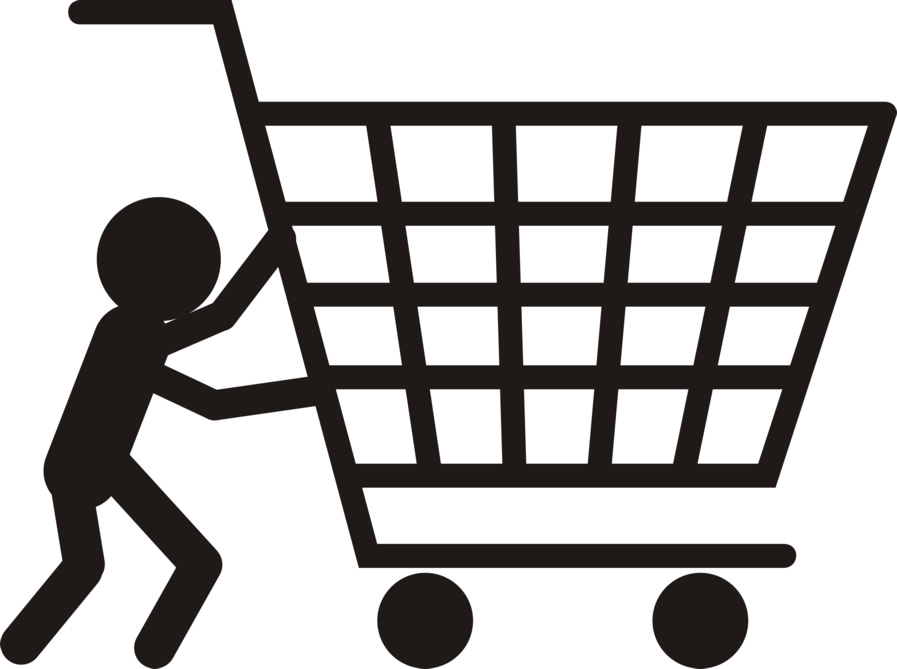 Products Listing Ads (PLA) is a Google-owned pay-per-click advertising (PPC) platform in which advertisers pay for each click/visit to their product ads. It differs from the Mountain View company’s traditional Adwords platform in a few different ways, one of which is the content in the ad. Unlike Adwords, PLA ads contain images but do not contain ad text. Product Listing Ads are also displayed on Google Shopping, whereas Adwords ads are displayed strictly on Google Search and Google Content Network.
Products Listing Ads (PLA) is a Google-owned pay-per-click advertising (PPC) platform in which advertisers pay for each click/visit to their product ads. It differs from the Mountain View company’s traditional Adwords platform in a few different ways, one of which is the content in the ad. Unlike Adwords, PLA ads contain images but do not contain ad text. Product Listing Ads are also displayed on Google Shopping, whereas Adwords ads are displayed strictly on Google Search and Google Content Network.
Follow Google’s Policies
If you’re going to advertise on Product Listing Ads, you must follow Google’s rules. Failure to do so could leave your account subject to termination, and once your account is gone for violating a rule, it’s almost impossible to have it reactivated.
You can read more about Google’s policies for Product Listing Ads by clicking here. It covers topics like User Experience, Safety & Security, Your Product Data, Transparency & Privacy, Legal, and Google Brand.
Optimize Your Feed
Your product feed is essentially the meat and bones of your PLA campaign. Make sure it’s optimized with the correct title, price, image, link, and that it’s synced to your actual website. You’re throwing money down the train if your PLA feed has broken links or mismatched products.
Of course, this is easier said than done, especially for advertisers with large PLA feeds. Manually optimizing a feed of just 100-200 products is doable (although tedious), but performing this same practice on a feed with 10,000-20,000 is practically impossible for any one person to handle in a reasonable amount of time.
PLA Feed Optimization Tips:
- Add the rel=canonical element to your product pages so search engines will connect it to your feed urls.
- Take advantage of Rich Snippets like merchant rating and product reviews.
- Send your product feed to Google daily.
- Set up a web monitoring program to alert you in the event that your website goes down (you don’t want to pay for PLA ads that send traffic to a dead website).
Change Your Delivery Method
The default settings allow Google to show PLA ads evenly over time. Why is this a problem? Well, it’s not always a problem, but advertisers with profitable campaigns probably prefer to have their ads to run 24 hours a day. Using this default method of delivery means your ads may stop showing at certain times of the day.
To change your delivery method, click on the “Bidding and budget” tab, and then click the box labeled “Delivery method (advanced).” Rather than leaving it on the “Standard” option, choose “Accelerated.” Using this setting, Google will display your ads without interruption until your daily budget is reached.
Raise Bids on Top Converting Products
This is the golden rule of any pay-per-click (PPC) marketing platform, and Product Listing Ads are no exception. After your ads have ran long enough to acquire a decent amount of data, analyze your products to determine which ones are profitable and which ones aren’t. Using this information, you should then raise your bids on top-converting products.
Increase your bids gradually while continuing to measure your earnings-per-click (EPC) in relation to your cost-per-click (CPC). Assuming your EPC is higher than your CPC, you can continue raising your bids, adjusting and tweaking them when necessary.
In addition to raising bids on top converting products, advertisers should subsequently lower bids on poor/non converting products. Product Listing Ads isn’t a “hands-off” form of marketing. You must constantly measure your conversion rates, EPC and CPCs to ensure a profitable and successful campaign.
Product Listing Ads Receive Rating System
Seasoned PLA advertisers may notice a new 5-star rating system being displayed alongside their product ads. Not to be confused with merchant ratings, these are actual customer reviews from the respective product. Google began displaying product reviews in Product Listing Ads in July, pulling them from editorial sites, merchants, third-party aggregations, and users.
“Shoppers in the United States will see product ratings appear in the form of stars and review counts on Product Listing Ads across google.com and google.com/shopping. This 5-star rating system represents aggregated rating and review data for the product, compiled from multiple sources including merchants, third party aggregators, editorial sites and users,” wrote Google in a blog post announcing the new 5-star rating system for its Product Listing Ads.
Some of the third-party aggregators from which Google is pulling review data includes the follwing:
- BazaarVoice
- Ekomi
- Feefo
- PowerReviews
- ResellerRatings
- Reevoo
- ShopperApproved
- Viewpoints
- Yotpo
Google is offering PLA advertisers a grace period from now to October in which all product ads with reviews will display customer ratings unless the advertiser chooses to opt out of the system. Once this grace period is over, advertisers will be required to share their reviews with Google. This can be done directly or through a third-party site such as the ones listed above.
Note: product ratings will not display on mobile devices.